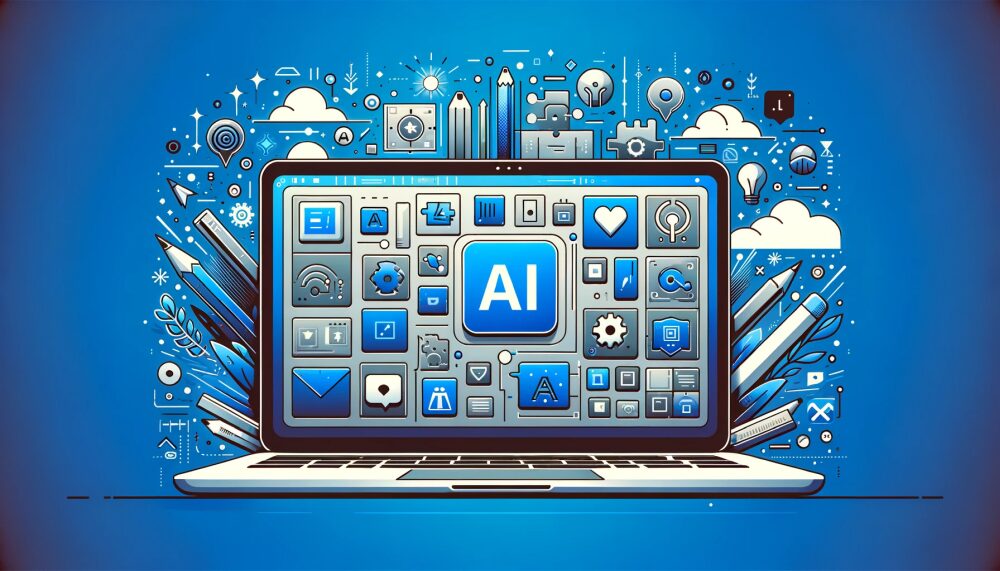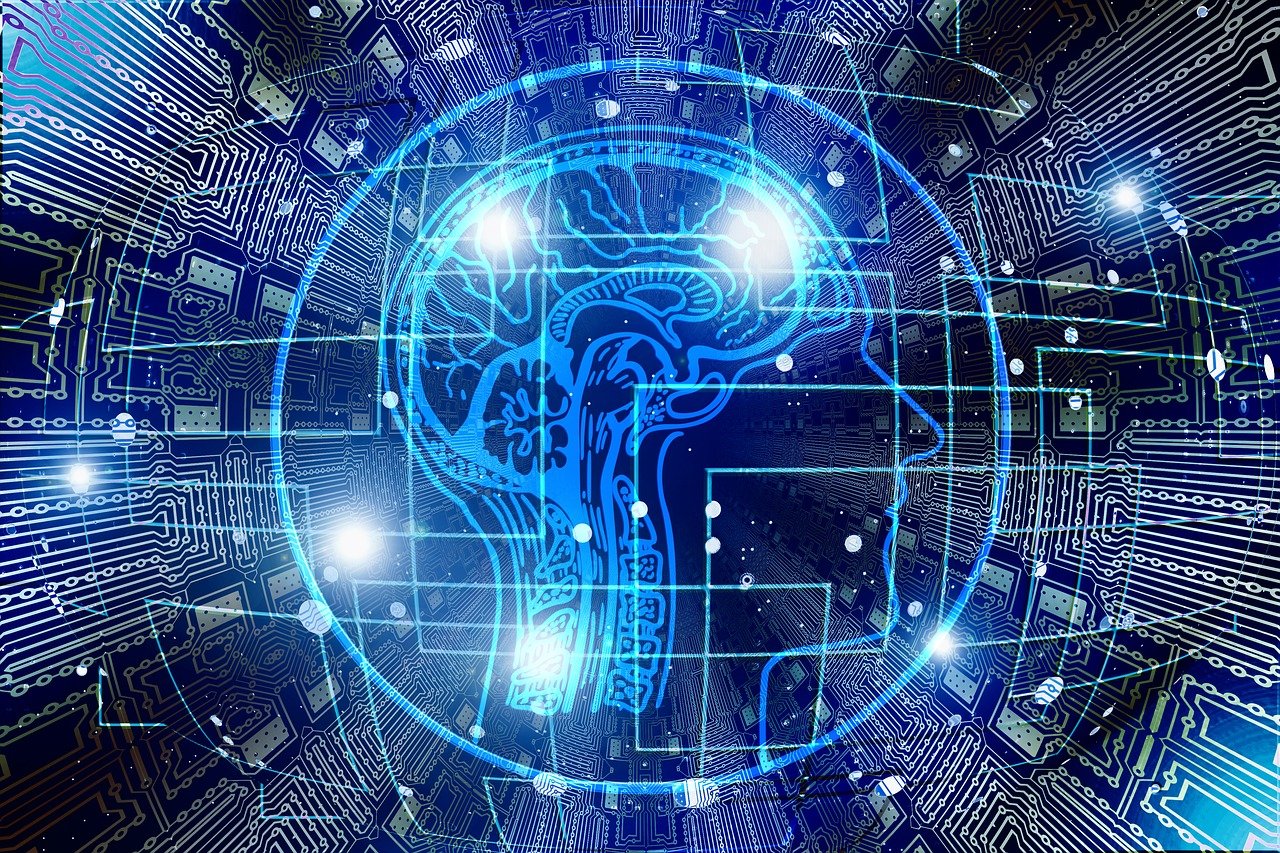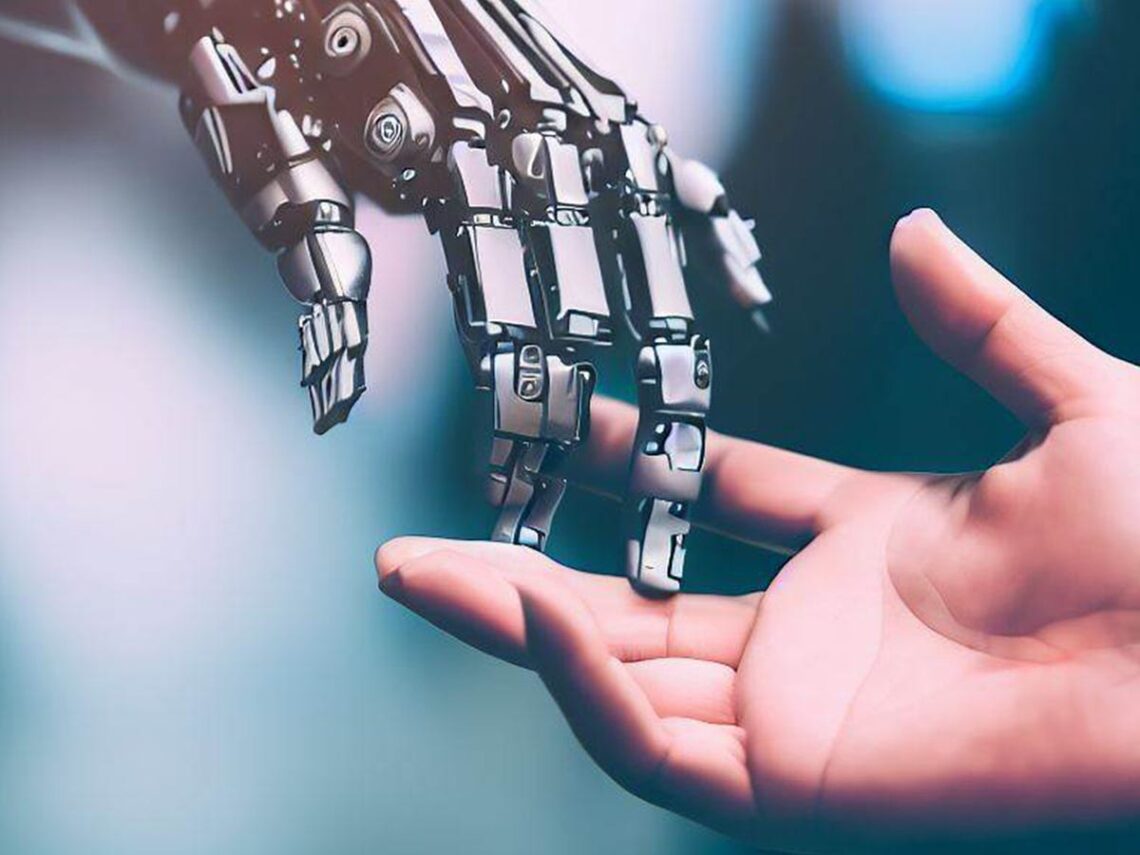Artificial intelligence has been one of the hottest topics in technology in the last few years. Leaps forward in generative tech have brought AI much closer to how it’s often idealized in science fiction, with broad-reaching claims being made about its usefulness.
While it’s true some work opportunities will evolve immensely thanks to AI’s intervention, there are other areas where the dangers are significantly overstated. So, where does the truth lie in how much AI will affect your work, and what changes can you expect?
Older Than You Think
We tend to think of AI as self-aware machines, or at least extremely intelligent systems capable of mimicking a significant portion of human potential. As noted at Britannica, the reality of what qualifies as AI is far more mundane.
The simplest definition here is that AI is the ability to perform tasks that would classically require human intelligence. This means a program to determine whether numbers are odd or even is technically AI. It also means that we’ve routinely used an enormous amount of AI in digital applications for decades, even if we never acknowledged it.
What Makes Newer AI Different?

The reason we regard the new generation of AI so differently is that it’s capable of tying together far greater levels of functionality to produce greater effects. This is best illustrated by generative AI in systems like ChatGPT and Midjourney.
By taking examples from millions of texts and images respectively, these systems can detect patterns and relay these patterns back to users on demand. The accuracy of modern systems like these, thanks to the speed of modern computers, is unprecedented, and so it’s becoming a useful tool instead of a theoretical pipe dream.
Is AI a Problem?
Whether AI will be a problem for future work opportunities depends highly on the type of work you do. Some jobs highly vulnerable to AI include data entry and analysis, customer service, and routine labor. As robotics and AI tools become more adept they’ll reduce the need for humans in these areas as we’ve seen for years.
Machine automation is a popular example we’ve seen from history, where all kinds of goods can now be produced on a mass scale through where they formerly relied on human input. Cars, for example, have an increasing amount of component creation and assembly now managed automatically. This move has been removing career opportunities for human builders for generations, and AI illustrates the most recent form these changes have taken.
The flip side of this point is that AI is never a perfect replacement for a human, and it will always require human implementation, maintenance, and oversight. We’ve covered the growing need for AI specialists at All About Careers before, but the opportunities here won’t only apply to high-level programmers. Supervisors of AI are also poised to become a highly popular career path in the future, as will employees who can bug fix or even take over when AI presents issues.
AI as a Tool

On a more direct level, AI will also provide far more options for workers to increase their efficiency and capabilities through new and flexible tools. Advanced AI tools are still in their infancy in most industries, but the potential advantages could open doors to significant benefits in the future.
One example we’ve seen used in recent years has come from the landscape of video game creation. Decades ago, when all video games were simple, newcomers could develop cutting-edge titles as small teams or even individuals. This became less feasible as gaming became more complicated, with each project requiring more skills and input than one person could realistically produce. With AI, doors of creation are being reopened with greater possibilities than ever.
Newcomers can now start with a game creation platform like Unreal Engine or Unity, with free options in advanced AI tools for programming, animation, and gameplay systems. Images can then be adapted from AI platforms like Midjourney or DALL·E 3, and music could be produced from AI tools like AIVA and Boomy. Simple questions about issues could be asked to ChatGPT, providing a direction for designers to look towards. All of these AI elements could combine to create systems that would have taken a team of hundreds of people decades ago, and they’re only getting better. In this way, AI isn’t used as one central system, but rather more traditionally as a series of tools intelligently linked together.
The application of many AI tools to create an advanced end product doesn’t have to be as complicated as game creation either. Consider another example as demonstrated on a standard webpage. A casino comparison website like Vegasslotsonline collects and updates website offers, features ratings, and lists bonuses like free spins and deposit matches. It keeps up-to-date logos from services like Rooli and Cherry Spins, and lists which slot providers work with which casinos.
The website design on this page uses HTML5 AI to scale its display to mobiles and desktops, and it uses similar basic AI security measures to keep players safe. In other words, while the AI here is simpler and more accepted than the new options in video game creation, the theory is the same.
Advanced AI in business in the next few years won’t mean an overwhelming restructuring, rather it will tend towards the level of AI being used to slowly rise and create a new status quo. The types of basic systems AI systems we take for granted in standard web pages will eventually become the standard we apply to a much wider range of digital and data-based applications. This will involve a learning curve and some teething pain, but it will also produce new opportunities to expand and succeed.

As with any technology, AI isn’t inherently a good or a bad thing. AI is a tool, and it’s up to businesses and individuals to determine the best way to apply those tools. For workers, this can mean taking some lessons to get ahead of the curve, to become the ones guiding AI instead of the ones replaced by it.
For employers, new AI can necessitate researching the potential ways it might be implemented to improve efficiency and business effectiveness. No matter your stance, AI is coming, and it’s up to us to be prepared.


